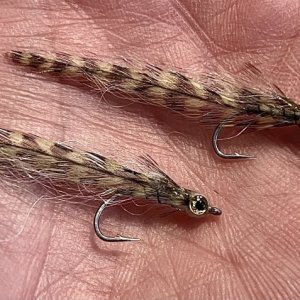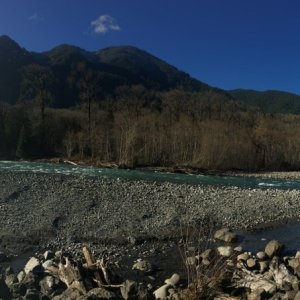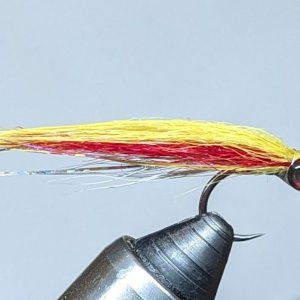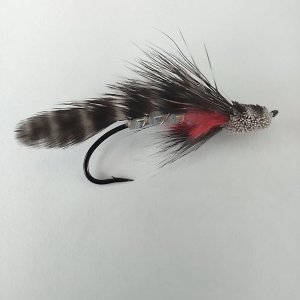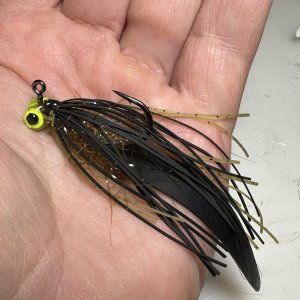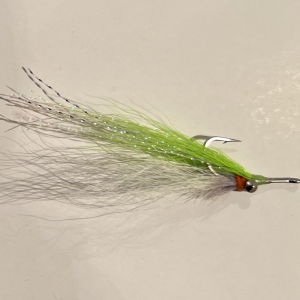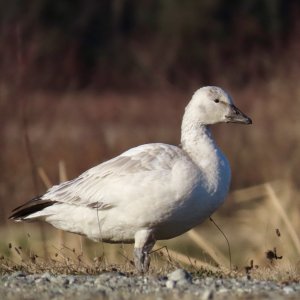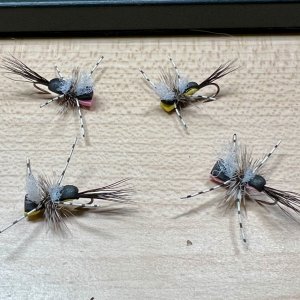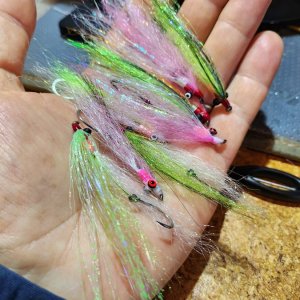Hi Charles,
1. Is it correct to say that we do not know what environmental factors are turning on or off the different expressions of DNA?
We know some factors (e.g., food availability, thermal shocks) that impact epigenetics in trout/salmonids. But it would be presumptuous to assume that we know all the factors that make hatchery fish different from wild fish. And we don't know how various stimuli interact; those experiments that are being done work on one factor at a time. Because of the density at which fish are raised, the social environment in a hatchery is VERY different (higher densities = more stressful?) than the lower density in the wild (see here for effects but not directly link to epigenetic changes). I suspect that disease exposure is likely VERY different in a hatchery vs. the wild. You would need to find a Ph.D. student working on trout epigenetics; that person would have a much better handle of the current literature (vs. my Google searches).
2. Is it correct to say we do not know the extent that epigenic factors influence survival of hatchery fish from egg to adult or
I doubt that there has been much research on what part of a trout's life history specific epigenetic factors come into play. But to give you some idea of the phenotypic plasticity possible, one of the studies on human epigenetics that I scanned indicated that smokers have different epigenetic markers in their lung tissues than do non-smokers but that these differences are reduced when a person ceases to smoke. Hatchery fish go great in a hatchery: lots of food and few natural predators (but disease outbreaks are possible, but treatment is possible). Unless the hatchery fish is to harvested commercially for food, that hatchery fish will eventually be released into the wild. Not only will the hatchery fish's epigenetics likely be inappropriate for the natural environment but the fish's foraging behavior, anti-predator responses, disease resistance, etc. is likely to be very different from wild fish. Thus any decline in survival by hatchery fish could be do to a slew of factors.
3. Is it correct to say we do not know at what point in the fish's life span the epigenetic changes caused by the hatchery environment are likely to be causing increased mortality?
If you are talking about the life of a single hatchery fish, see #2 above. But where epigenetic changes impact fisheries / survival of wild fish populations is when epigenetic changes that are appropriate to the hatchery environment are carried to the offspring ("epigenetic transgenerational inheritance"). If two hatchery fish spawn in the wild and there are these transgenerational effects, their "wild-spawned" offspring are likely to be less fit (less well adapted) than an offspring whose two parents are wild fish. And there is evidence that the offspring of wild x hatchery matings are less fit than the offspring of wild x wild matings. So, a problem with hatchery fish that "escape" is that they dilute / reduce the fitness of wild fish when they mate with the wild fish. One explanation for this loss of fitness of fish that are totally raised in the wild (but who are the product of hatchery x wild matings) is that these offspring carry some "hatchery" epigenetic markers that are inappropriate to the wild environment. Eventually (? on how many generations this takes), the "hatchery" epigenetic markers will disappear and be replaced by "wild" epigenetic markers. But until this happens, there is a loss of fitness and fewer fish produced.
Steve (close to his intellectual limit on this topic. Can we talk about sculpins next? )
)
1. Is it correct to say that we do not know what environmental factors are turning on or off the different expressions of DNA?
We know some factors (e.g., food availability, thermal shocks) that impact epigenetics in trout/salmonids. But it would be presumptuous to assume that we know all the factors that make hatchery fish different from wild fish. And we don't know how various stimuli interact; those experiments that are being done work on one factor at a time. Because of the density at which fish are raised, the social environment in a hatchery is VERY different (higher densities = more stressful?) than the lower density in the wild (see here for effects but not directly link to epigenetic changes). I suspect that disease exposure is likely VERY different in a hatchery vs. the wild. You would need to find a Ph.D. student working on trout epigenetics; that person would have a much better handle of the current literature (vs. my Google searches).
2. Is it correct to say we do not know the extent that epigenic factors influence survival of hatchery fish from egg to adult or
I doubt that there has been much research on what part of a trout's life history specific epigenetic factors come into play. But to give you some idea of the phenotypic plasticity possible, one of the studies on human epigenetics that I scanned indicated that smokers have different epigenetic markers in their lung tissues than do non-smokers but that these differences are reduced when a person ceases to smoke. Hatchery fish go great in a hatchery: lots of food and few natural predators (but disease outbreaks are possible, but treatment is possible). Unless the hatchery fish is to harvested commercially for food, that hatchery fish will eventually be released into the wild. Not only will the hatchery fish's epigenetics likely be inappropriate for the natural environment but the fish's foraging behavior, anti-predator responses, disease resistance, etc. is likely to be very different from wild fish. Thus any decline in survival by hatchery fish could be do to a slew of factors.
3. Is it correct to say we do not know at what point in the fish's life span the epigenetic changes caused by the hatchery environment are likely to be causing increased mortality?
If you are talking about the life of a single hatchery fish, see #2 above. But where epigenetic changes impact fisheries / survival of wild fish populations is when epigenetic changes that are appropriate to the hatchery environment are carried to the offspring ("epigenetic transgenerational inheritance"). If two hatchery fish spawn in the wild and there are these transgenerational effects, their "wild-spawned" offspring are likely to be less fit (less well adapted) than an offspring whose two parents are wild fish. And there is evidence that the offspring of wild x hatchery matings are less fit than the offspring of wild x wild matings. So, a problem with hatchery fish that "escape" is that they dilute / reduce the fitness of wild fish when they mate with the wild fish. One explanation for this loss of fitness of fish that are totally raised in the wild (but who are the product of hatchery x wild matings) is that these offspring carry some "hatchery" epigenetic markers that are inappropriate to the wild environment. Eventually (? on how many generations this takes), the "hatchery" epigenetic markers will disappear and be replaced by "wild" epigenetic markers. But until this happens, there is a loss of fitness and fewer fish produced.
Steve (close to his intellectual limit on this topic. Can we talk about sculpins next?
Last edited:

